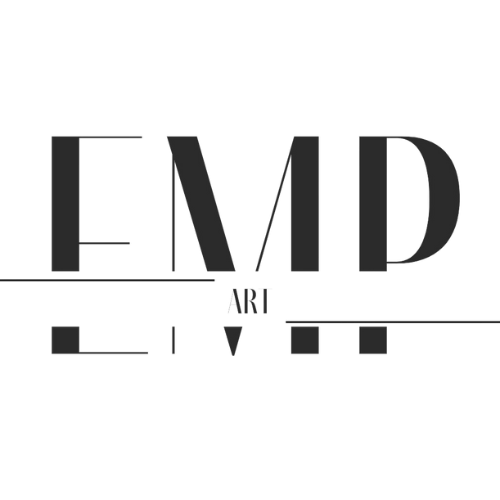The Role of Color in Abstract Art: More Than Meets the Eye
Color is one of the most powerful tools in abstract art. Without the boundaries of recognizable subjects, color takes center stage — shaping emotion, energy, and meaning within a piece.
As an abstract artist based in Denver, I believe that color is more than just an aesthetic choice; it is a language, a feeling, and often, the first point of connection between the artwork and the viewer.
In this blog, we’ll explore how color functions in abstract art, and why it holds more depth than meets the eye.
Why Color Matters So Much in Abstract Art
In the absence of defined figures or familiar landscapes, color becomes the foundation of communication.
It sets the mood, guides the viewer’s emotional experience, and builds the architecture of the piece.
Color in abstract art:
Elicits emotional responses
Creates balance or tension
Suggests movement and rhythm
Defines space, energy, and mood
Whether bold and kinetic or soft and introspective, color carries the emotional weight of the piece — often before the viewer even realizes it.
How Artists Use Color to Shape Emotion
Warm vs. Cool Colors
Warm colors — reds, oranges, yellows — often evoke feelings of energy, passion, or even urgency.
Cool colors — blues, greens, purples — tend to create feelings of calm, reflection, or melancholy.
At EMP, I often use warm and cool palettes intentionally, sometimes combining them to create emotional tension or layering them to mirror the complexity of real emotional experiences.
Saturation and Intensity
Highly saturated colors can feel alive, electric, and immediate. Muted or desaturated tones invite a quieter, more contemplative response.
The choice between high intensity and softness in a piece can drastically change its emotional impact.
Think of a deep crimson compared to a soft dusty rose — both speak differently to the heart.
Color Harmony vs. Contrast
Artists often use either harmonious or contrasting color schemes to guide the viewer’s emotional journey.
Harmonious colors (close together on the color wheel) create unity and ease.
Contrasting colors (opposites like blue and orange) create dynamic energy and sometimes even playful tension.
Both approaches are tools — neither “right” nor “wrong” — but used deliberately to evoke specific emotional tones.
The Psychological Impact of Color
Psychologists and artists alike have long explored how colors influence human emotions and behavior.
Some common emotional associations include:
Red: Passion, intensity, power
Blue: Calm, introspection, sadness
Yellow: Optimism, energy, warmth
Green: Growth, tranquility, renewal
Purple: Mystery, spirituality, creativity
In abstract art, where narrative is often open-ended, these associations become even more important. They create subtle emotional cues that shape how viewers experience the piece — often without them realizing it.
Color and Personal Interpretation
One of the magical aspects of abstract art is how color meanings can vary based on individual experience.
A stormy gray might remind one person of a foggy coastline and another of an industrial skyline.
A bright turquoise might feel joyous to some and nostalgic to others.
In this way, color opens the door for deeply personal engagement, allowing viewers to layer their own memories and emotions onto the work.
At EMP, I intentionally leave space within my pieces for viewers to bring their own interpretations to the color stories I create.
How Color Evolves in EMP’s Work
In my own journey as EMP, color is not just a tool — it’s a collaborator.
I often begin a piece with a particular emotional intention, guided by a color palette that reflects it. But as the work evolves, color conversations emerge that sometimes surprise me — deepening, shifting, or softening the piece’s original energy.
I draw particular inspiration from Denver’s changing light:
The saturated golds of autumn leaves
The muted blues of winter mornings
The explosive pinks and oranges of Colorado sunsets
Each collection within EMP carries its own distinct emotional color language, designed to invite viewers into layered experiences of memory, feeling, and imagination.
Explore EMP’s Color-Driven Collections
Finding Meaning in Color as a Collector
When you collect abstract art, color can be your guide.
Notice how your body and mind react when you stand before a piece.
Do certain colors make you breathe more deeply? Stir a forgotten memory? Spark an unexplainable feeling?
Let color lead you into choosing pieces that not only look beautiful but feel alive to you.
Art that resonates emotionally through color is the kind of art that stays meaningful for a lifetime.
